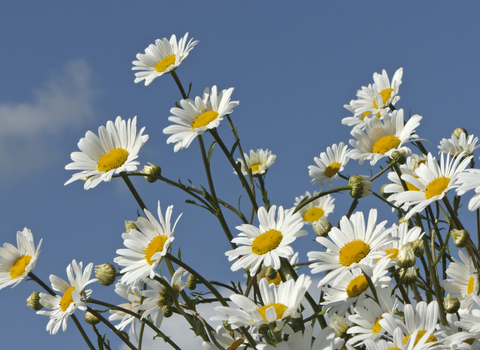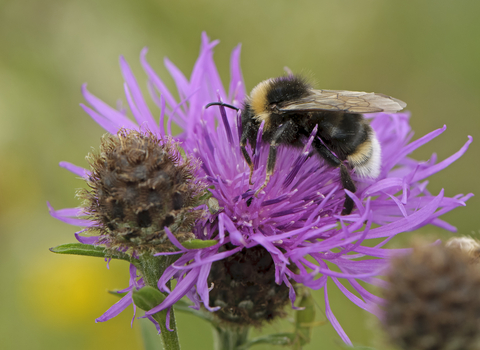
Wern Wood nature reserve spring 2022
Location
Know before you go
Dogs
When to visit
Opening times
This reserve is closed to visitorsBest time to visit
This reserve is closed to visitorsAbout the reserve
The wood lies on a slope bounded on the east by a stream running in a deeply-cut dingle. The upper woodland is predominantly young to mature Oak with some Ash, and there is a rookery of some 20 active nests at the southern end of the wood. Hazel, Hawthorn, Holly, Gean, Willow, Elm and Elder are present in the understorey. The presence of many indicator plant species such as bluebells and ramsons, together with the shady aspect and difficult access for cultivation, all suggest that this is an ancient woodland site.
Lime encrustation is found in the fast-flowing dingle stream, which has a varied invertebrate fauna, including stonefly and damselfly nymphs. The three small streams arise within the wood and produce lime-rich flushes covered with opposite-leaved golden saxifrage and pockets of marsh marigold on the lower slopes. The characteristic tufa deposits found in these flushes and streams probably comes from lime dissolved out of cornstone bands deep within the Old Red Sandstone.
The woodland was thinned in 2020/2021 to encourage further natural regeneration which, in time, will produce a more varied age structure. A particular focus has been to open up the north western side of the site and it is hoped that this will encourage growth of the two bellflower species, the giant bellflower and the much scarcer spreading bellflower found on the middle and lower slopes.






